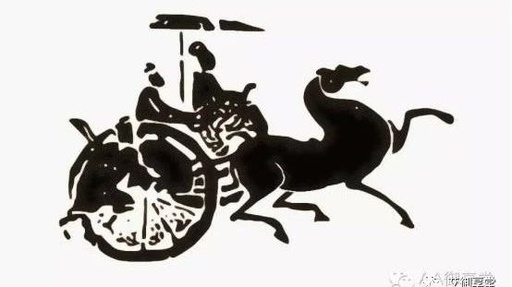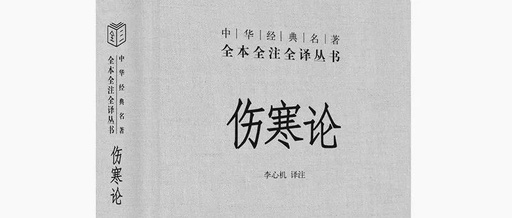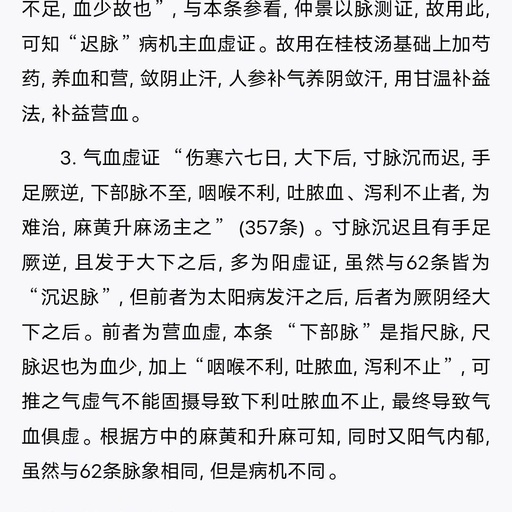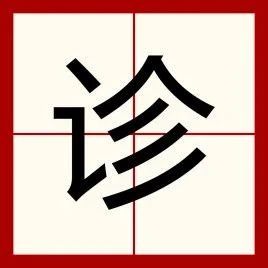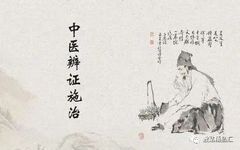Analysis of the Eight Principles and Differentiation of Cold and Heat
The Eight Principles refer to the eight categories of syndromes: Yin, Yang, Exterior, Interior, Cold, Heat, Deficiency, and Excess. The differentiation based on these Eight Principles is one of the most fundamental methods of diagnosis and treatment in Traditional Chinese Medicine (TCM). In the Qing Dynasty, Cheng Zhongling mentioned in “Medical Insights”: “The essence of … Read more


